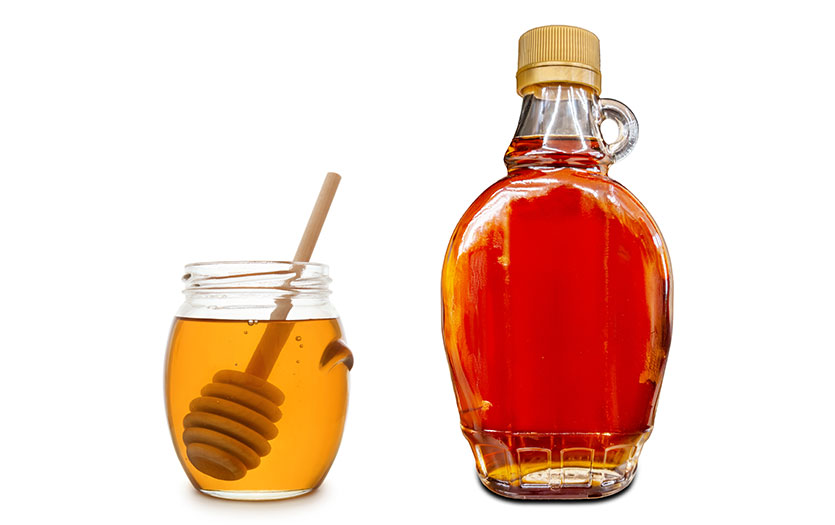.jpg)
Snack time often involves tubes, pouches and boxes of sweet, tempting treats for our little ones. But, as Olivia Clark, RDN, points out, these popular pantry pitfalls can mean big trouble for our children down the line.
Added sugars are sugars put into foods and beverages during processing. They are normally incorporated to help preserve or sweeten the product. You can find added sugars in the majority of items on grocery shelves, but in particular, those marketed to children, like yogurt, fruit snacks, granola bars, fruit juices and cereals.
Why it matters
Kids are getting too much added sugar in their diets, which can ultimately lead to long-term health concerns like diabetes, cardiovascular issues and weight problems. In addition to these risks, kids who consume larger amounts of added sugar as children are more likely to be addicted to sugary foods and beverages through adulthood. The American Heart Association recommends that children ages 2- 18 consume less than 6 teaspoons of added sugar per day, and children younger than 2 do not consume any foods or beverages that contain added sugar.
How to spot added sugars
Some common added sugars you’ll find in ingredient lists are dextrose, honey, invert sugar, raw sugar, malt syrup, high-fructose corn syrup, brown sugar, sucrose and cane sugar. Foods that have these ingredients higher up in the ingredient list should be avoided, as they will have a larger amount of added sugars.
It’s important to clarify that all “sugars” are not bad. Some sugars occur naturally in fruits, vegetables, dairy products and grains. These sugars help supply our bodies with energy and, when found in whole foods, are also present with necessary vitamins, minerals, and oftentimes, fiber.
Getting more of the good stuff
Choose whole fruits and vegetables. There are always fresh options in season in the Midwest, which typically means they will be on sale at your local grocery or farmer’s market. Take your kids and let them help pick berries, melons, sweet corn, green beans, summer squash or tomatoes. Bring the foods home and have your kids help prepare them. Children are more likely to try new things when they feel like they’ve helped make them. Teach them about cleaning berries and snapping green beans.
Other healthy foods with sugar (or carbohydrates) to include on your kid’s plates are products made with whole grains. This could include oatmeal, popcorn, brown rice and whole grain cereals. If you are buying any of these foods packaged with other ingredients, check the ingredient lists for added sugars.
Sources:
Eating Well



